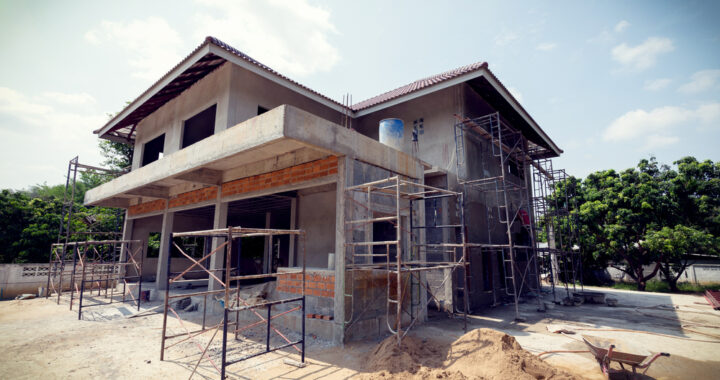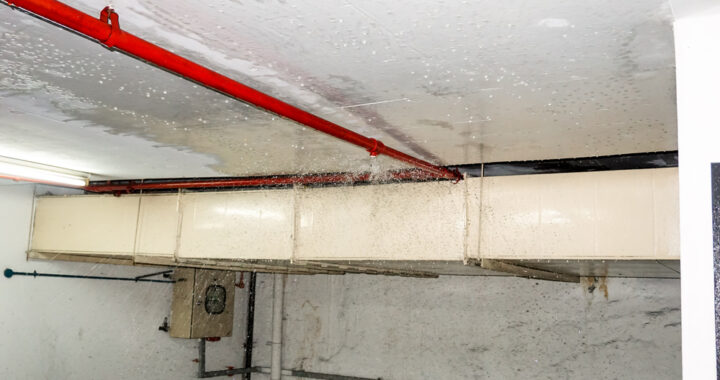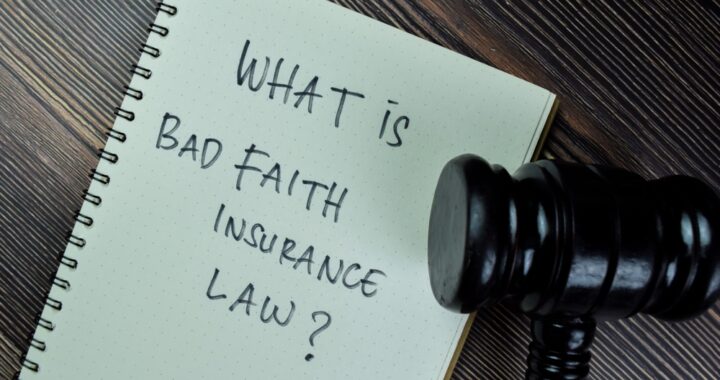Liability insurance policies have a provision that allows them to subrogate to the rights of their insured. This provision is commonly referred to as a transfer of rights provision and reads:
If the insured has rights to recover all or part of any payment we have made under this Coverage Part, those rights are transferred to us. The insured must do nothing after loss to impair them. At our request, the insured will bring “suit” or transfer those rights to us and help us enforce them.
In a recent dispute, an insurer sued its insured claiming the insured breached the insurance policy-a contract—by impairing the insurer’s subrogation rights. In other words, the insurer claimed its insured breach the insurance contract and the transfer of rights provision above.
In this case, Seneca Specialty Ins. Co. v. Jade Condominium Ass’n, 49 Fla.L.Weekly D706h (Fla. 3d DCA 2024), a unit owner sued its association and another unit owner claiming that water flowing from limited common areas within the association’s control damaged its balcony. The other unit owner that was sued crossclaimed against the association. The association’s liability insurer provided the association with a defense in this lawsuit and ultimately paid policy limits to settle the crossclaim.
The association’s liability insurer did not know, however, that the association had a separate construction defect lawsuit going against the condominium’s developer, general contractor, design professional, and subcontractors. The lawsuit included construction defect allegations resulting in leaks to units and indemnification from unit owner claims brought against the association from the defects. The association settled with the defendants in the construction defect lawsuit for significant money and provided the defendants in the construction defect lawsuit with releases. The association did not notify its insurer before its insurer paid policy limits to settle the crossclaim in the separate lawsuit.
The association’s insurer sued the association for breach of contract claiming the association impaired its subrogation rights by settling with the construction defect defendants. The association moved to dismiss, which the trial court granted, arguing (i) the insurer was first required to sue the defendants and lose based on the releases before suing the association for breach of the insurance policy, and (ii) the damages the association recovered in the construction defect lawsuit are different damages, and do no overlap with the monies the insurer paid out, i.e., the insurer paid policy limits to settle a crossclaim due to damages to the interior of a condominium unit for which the association had no standing to sue. The appellate court reversed finding the association did not need to first “sue to lose” before filing its breach of contract lawsuit against the association for impairing its subrogation rights”
Regardless of whether [the insurer] will ultimately be successful in proving that (a) the releases are fatal to its right to recover from the Construction Defect Defendants, and (b) overlap exists between the settlement monies it paid and the damages it would have sought in an action against the Construction Defect Defendants, [the insurer] has met the burden of pleading these issues. We therefore hold that [the insurer] sufficiently pled a breach of contract claim against the Association. [The insurer] pled facts establishing all elements of a breach of contract claim, including damages arising from the Association’s alleged breach of the insurance policy, and the Association failed to set forth any legally cognizable basis for why such a claim should be deemed premature.
Seneca Specialty Ins. Co., supra.
The facts in this case should remind insureds that an insurer has subrogation rights and language in the policy prevents the insured from impairing those rights. Who knows what the outcome of this case will be as there is an argument the insurer should have “sued to lose” to bolster its breach of contract claim against its insured for impairing its subrogation rights.
Please contact David Adelstein at dadelstein@gmail.com or (954) 361-4720 if you have questions or would like more information regarding this article. You can follow David Adelstein on Twitter @DavidAdelstein1.









